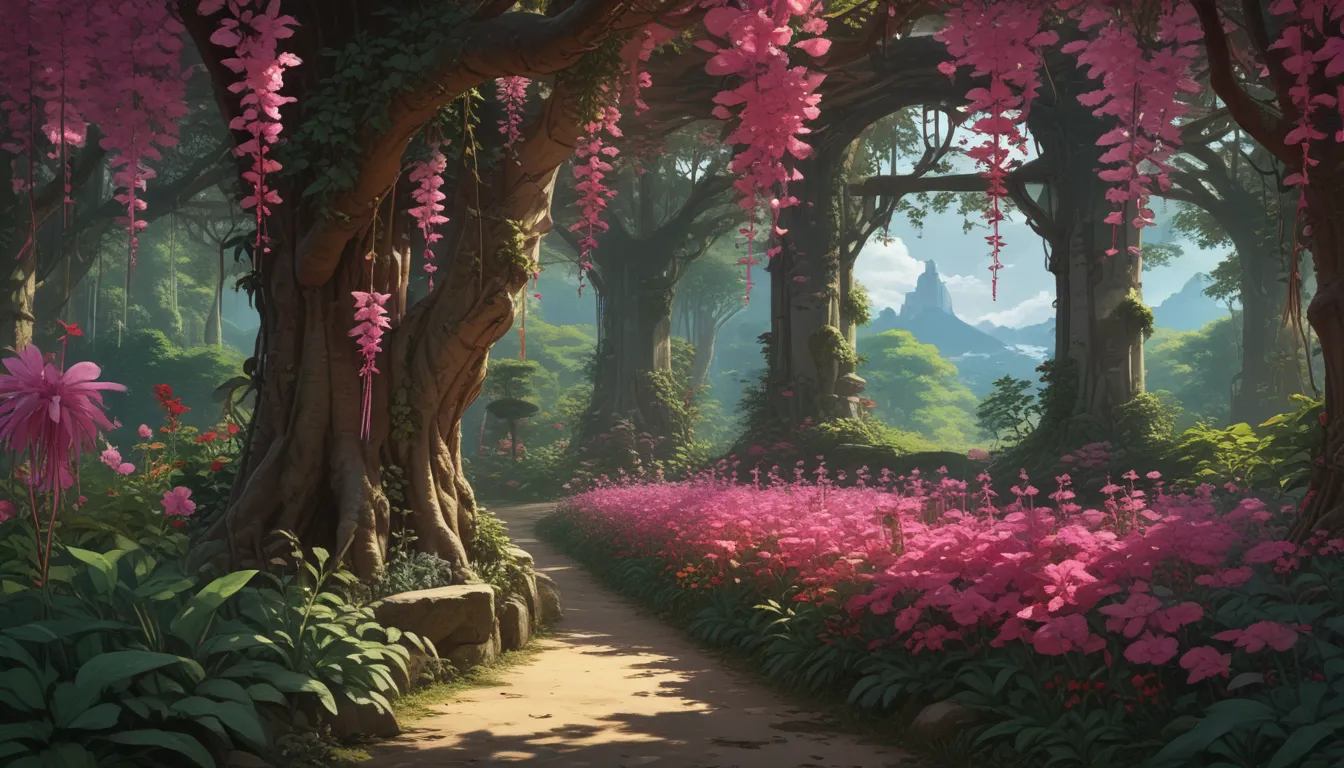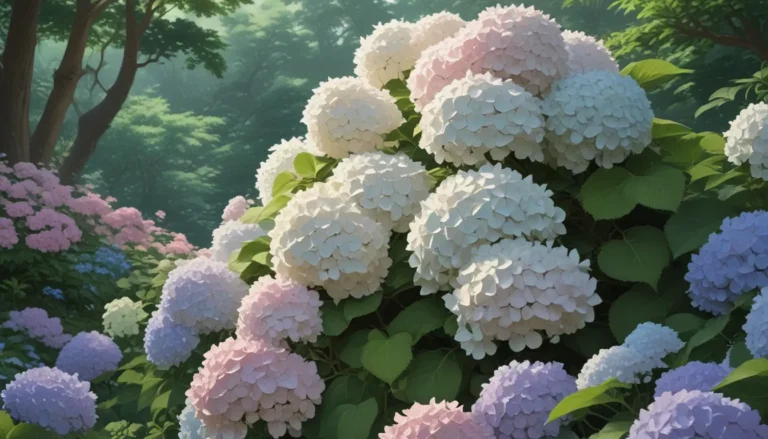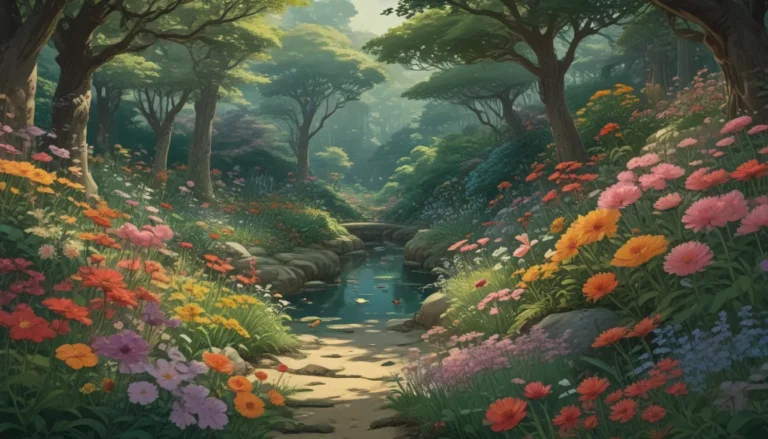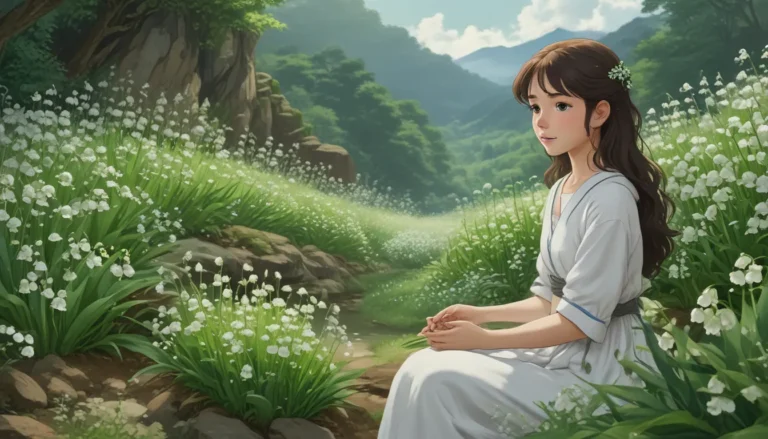Unlocking the Mystery of Fuchsia Plants: Perennial or Annual?

Fuchsia plants are a delightful addition to any garden, boasting stunning bell-like or tubular flowers in an array of vibrant colors. But the question remains – are they perennials or annuals? Let’s delve into the fascinating world of fuchsia plants and uncover the truth behind their life cycles.
The Origins of Fuchsia
Originating mostly from South America, with some variations native to Central America, Mexico, and the South Pacific islands, fuchsia plants thrive in a variety of growing conditions. They come in a diverse range of colors, from blue and magenta to yellow and white, providing a spectacular display from spring through to frost.
Fuchsia plants are not just a treat for the eyes – their nectar-rich blossoms also attract hummingbirds, adding a touch of magic to your garden.
Understanding Plant Life Cycles
To determine whether fuchsia plants are perennials or annuals, we first need to understand plant life cycles. Plants can fall into three categories:
- Annual: Grow, reproduce, and die within one growing season.
- Biennial: Complete their life cycle over two growing seasons.
- Perennial: Sprout in spring, die down in fall, and return in the following spring.
This distinction plays a crucial role in determining the longevity and growth pattern of fuchsia plants.
Exploring Different Fuchsia Species
Fuchsia plants come in various species and cultivars, each with its unique characteristics. Let’s take a closer look at three common types:
- Hardy Fuchsia (F. magellanica):
- Ideal for Zones 6 to 9
- Grows as a woody perennial that regrows annually
- Displays beautiful magenta and red flowers from summer to fall
-
Tolerates filtered sun, full sun, and part shade
-
Ground-Covering Fuchsia (F. procumbens):
- Thrives in Zones 8 to 11
- Shows off a rainbow of colors in upward-facing blossoms
- Prefers full sun to part shade
-
Blooms from summer through fall
-
Hybrid Fuchsia (F. x hybrida):
- A cross between different woody perennial species
- Functions as a perennial in frost-free Zones 10 to 12
- Can be grown as an annual in cooler regions
- Offers a wide range of colors and unique traits
By understanding the characteristics of these fuchsia species, you can choose the best fit for your garden based on your climate and preferences.
Deciphering the Annual vs. Perennial Conundrum
After examining the various types of fuchsia plants, the answer becomes clear: fuchsia plants are perennial in their native habitats but may behave differently in the United States based on their species and growing zones.
Whether you opt for a hardy, ground-covering, or hybrid fuchsia plant, you can enjoy their beauty from summer through fall with proper care and attention.
Ready to introduce these stunning plants into your garden? Adding fuchsia plants to your garden planner is a great way to ensure they thrive and bring joy to your outdoor space.
Have you had experience growing fuchsia plants? Share your stories in the comments below – we’d love to hear about your adventures with these vibrant flowers!
For more insights into the world of fuchsia plants, check out these helpful resources:
- Do Fuchsias Need Deadheading?
- Tips for Watering Fuchsia Plants
- When and How to Prune Fuchsia Plants
In conclusion, fuchsia plants offer a unique blend of beauty, diversity, and resilience, making them a popular choice for gardeners. By understanding their origins, life cycles, and species variations, you can create a thriving fuchsia garden that will enchant you from season to season.
So, whether you’re a seasoned gardener or a budding enthusiast, fuchsia plants are sure to add a touch of elegance to your outdoor oasis. Explore the wonderful world of fuchsia plants and unlock the magic they bring to your garden.





